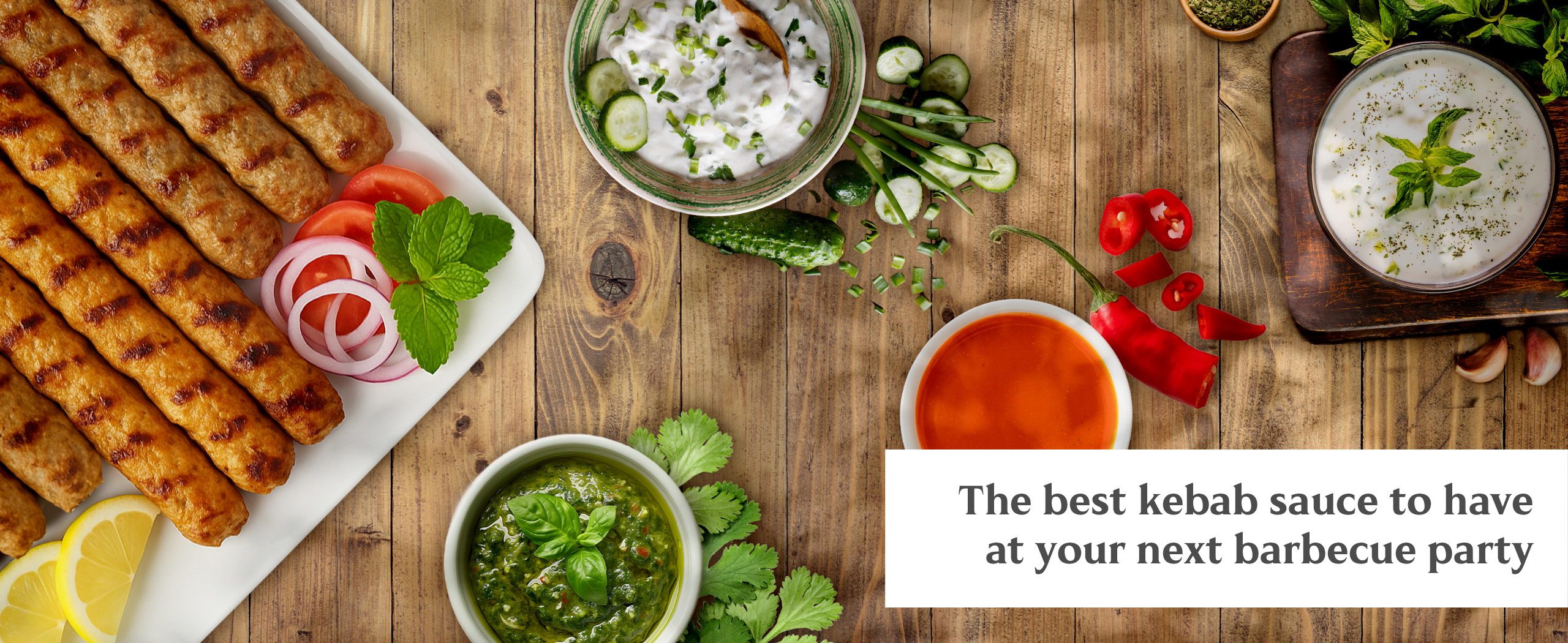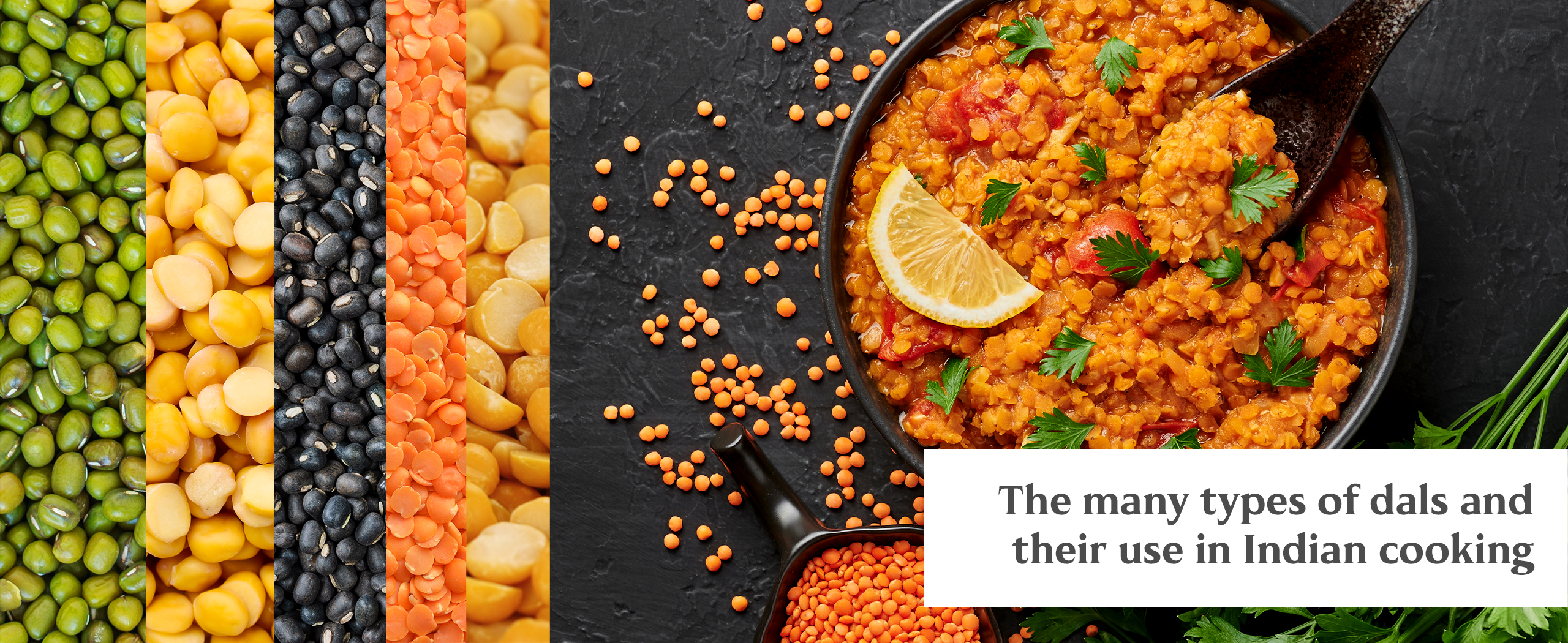Kebab is one of the most popular dishes worldwide, and for good reason. Its rich origins, vibrant history, and evolution tell a fascinating tale of the unique culinary cultures that created its many varieties. These meaty delights capture the attention of palates worldwide, from Persia to the Mediterranean Basin, South to Central Asia, and Europe to America.
However, with mindful eating trending upwards, many fad diets, and chatter about weight loss, people are looking for healthier alternatives to their favorite foods. And so kebabs are often pulled into the conversation. Many food lovers ask “Are kebabs healthy?”
Today we discuss the health benefits of kebabs, how to pair them with sides to make a healthy meal, and more. This is a must-read guide for kebab lovers who are mindful of what they eat.
What ‘mindful eaters’ must know about kebabs
No food is inherently good or bad. Even with processed foods, we should distinguish between the Minimally and Ultra-processed before declaring all are “deadly”.
How healthy a food item is, primarily depends on what food groups constitute it. Other factors to consider are how it is prepared, and to what degree it gets processed or relies on processed culinary ingredients.
So, we must consider more than one factor to determine whether or not kebabs are healthy. Their nutritional value varies depending on their type, the meat cuts they use, how they are cooked, and if frozen, how they are packaged. Let us look at some hard facts to decide if kebabs are eligible for your healthy everyday menu.
Protein & saturated fats
Traditionally kebabs are made from beef and lamb. However, nearly all kebab types have a chicken version, and there are fish kebabs too. Whatever the type, kebabs are rich in protein. Chicken (without skin) is the leanest option with the highest protein content per serving. Fish has protein alongside omega-3 fatty acids, and you get leaner options with cod, tuna, etc. Beef delivers a good quantity of protein but may be higher in saturated fat. Lamb is likewise. However, using lean beef and lamb meat cuts tackles the issue of saturated fats effectively.
Traditional cooking methods
Typically kebabs are cooked on skewers over an open flame. The biggest advantage of cooking kebabs the traditional way is the fat drips out as the skewers rotate over the grill. This makes them fit to consume even for diligent weight-watchers. Some types, such as the Chapli and Shami kebabs, are pan-fried. However, you can choose your fats mindfully and use a non-stick skillet to shallow-fry in minimal fat.
Processing
Frozen kebabs are a win-win situation if they are Minimally Processed, use natural ingredients, and are not infiltrated by GMOs, growth hormones, etc. Freezing is one of the most used methods of preserving food. Freezing does the job like nature does it. Hence, excessive use of artificial preservatives is not a concern. Frozen ready-to-eat or ready-to-cook kebabs that fulfill the above criteria cut down the prep time, and make a convenient and healthy choice for mindful eaters.
So, are kebabs healthy?
The short answer is YES, and here is more to support that.
A ‘cleaner’ alternative to other fast foods
Kebabs are a popular street food worldwide. You can grab a kebab meal and enjoy it as you go about your day. Kebab meals are considered ‘cleaner’ and more flavorful than other fast food options. And when you have lean kebab options available, it only gets better.
Loaded with nutrients
Although kebabs are mainly protein, they also have an array of micronutrients such as vitamin B12, zinc, and iron. These nutrients are required in small amounts to fulfill our daily needs. Kebabs can be a healthy source of doing that job when you make them part of your diet plan.
Chicken kebabs are very safe!
Although kebabs made of meat with higher fat content, such as lamb or beef, are delicious, they do pose a health concern, especially to individuals who suffer from hypertension or are at risk of heart disease. However, if you choose a lean source such as chicken, its white meat is far less likely to impact your cholesterol level. You can benefit from its protein and enjoy the flavor while staying safe.
Lean meat kebabs are permissible for Mounjaro & Keto!
Kebabs help regulate eating by delivering healthy protein that makes you feel full longer than other macronutrients, such as carbohydrates. Many people find eating mildly spiced chicken kebabs is effective for weight loss.
Mounjaro advocates eating products from healthy protein sources. Lean meat kebabs are an ideal choice. Keto allows moderate protein intake from sources like beef. So, if you love the more flavorful meat, you can go for beef kebabs when on this diet.
Make your favorite kebab meals more nutritious
While kebabs are healthy and delicious without a side, a big part of mindful eating is to ensure all food groups get to your plate. Healthy additions to your kebab meal make it more nutritious and satisfying. One of the best ways to do this is with nutritious and yummy side dishes, for instance:
- Carb-rich baked potatoes add to the nutritional value of your kebab meal. They contain micronutrients like Vitamin B6, potassium and magnesium, and good fiber.
- Grilled veggies and whole wheat bread with your favorite kebabs make a super-healthy meal rich in protein, fiber, vitamins, and minerals.
- Rich in carbohydrates and Vitamin C, the South Indian Lemon Rice is a relatively low-calorie and healthy side to your kebabs.
- Whole wheat couscous salad with chopped fresh veggies, feta cheese, and a light dressing is a perfect healthy side for any type of kebabs. A bowl of this refreshing salad complements the protein with carbs and fiber while adding more micronutrients to your meal.
- Tabbouleh salad is another healthy and zesty salad option for kebabs. Ingredients like fresh parsley, mint, bulgur wheat, and lemon cut through the richness of the kebabs creating a fine balance of flavors on your plate.
Concluding words…
Kebabs are a good source of protein, and when enjoyed as part of a meal with healthy sides, they make a great lunch or dinner option. The only caveat is today’s fast lifestyle does not allow time to make kebabs from scratch. Ready-to-eat or ready-to-cook frozen kebabs are the ideal choice. However, when shopping for them, it is prudent to ensure the brand you choose is reputed to deliver original flavors and uses ethically sourced meat and poultry, natural ingredients, authentic spices, etc.



